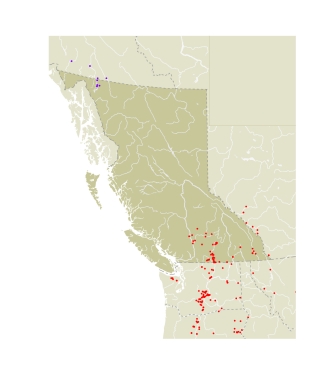The name Pontia is from the Greek pontios, especially in reference to Aphrodite (Venus), the goddess of beauty, who was born from the sea. Pontia and Colias were both names associated with Aphrodite. Fabricius divided what we now call the family Pieridae into those that are yellow (Colias) and those that are white (Pontia), two related aspects of beauty. Fabricius was probably also referring to Linnaeus having originally included all white and yellow/orange butterflies in the group he called the Danai, with many species named after the 50 daughters of Danaus. The common name is shared with the genus Pieris and refers to the basic white colour of the wings. The common name for the genus was first used in North America by Scudder (1875), but apparently had been in use in Britain for the white Pieridae since at least 1717 (Warren 1990).
Whites in the genus Pantia are all medium-sized butterflies with white or pale yellow wings with black markings. A given species may look quite different at different elevations, latitudes, or seasons. They are usually smaller and darker in the spring, at high elevations, and in the north.
The eggs of whites are conical, with vertical ribs down the sides and numerous small horizontal ridges between the vertical ribs. The eggs are pale yellow when laid, but within a day or two turn bright orange. Eggs are laid singly on the leaves or flowers of plants in the mustard family (Brassicaceae), with the most commonly used native plants being in the genus Arabis. Mature larvae are smooth-skinned with a thin coat of fine hairs.
In the genus Pontia the cross-vein at the end of the forewing discal cell is strongly curved inward towards the wing base. This vein is white but is surrounded by a black "discal cell spot" that is lacking in the genus Pieris. There are grey green or grey markings following the venation on the ventral hindwings.
There are four species in the genus in North America, all of which occur in BC, and another six in Europe, Asia, and Africa.
All whites were included in the genus Pieris until relatively recently, but the differences between the groups of species appear to be great enough to separate them into two genera, Pontia and Pieris, based on morphological characters (Higgins 1975) and electrophoretic data (Geiger 1990). A third generic name sometimes applied to whites, Artogeia Verity, 1947, is a synonym of Pieris (Geiger 1990).
|
